Uncategorized
-
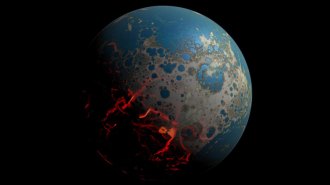 Earth
EarthHow ancient oceans of magma may have boosted Earth’s oxygen levels
Chemical reactions involving iron could have increased the amount of oxygen-rich compounds in the early Earth’s mantle, lab experiments suggest.
-
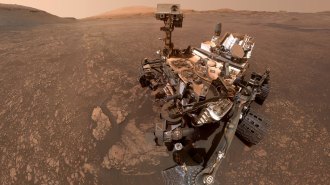 Space
SpaceOvernight changes in Mars’ atmosphere could solve a methane mystery
Overnight atmospheric changes on Mars can explain why two spacecraft measure vastly different concentrations of methane.
-
 Life
LifeHuman meddling has manipulated the shapes of different dog breeds’ brains
By analyzing the shape of different dog breeds’ brains, researchers show how humans have manipulated the animals’ brain anatomy.
-
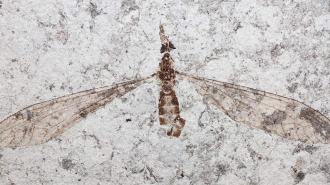 Life
LifeFly fossils might challenge the idea of ancient trilobites’ crystal eyes
Fossilized crane flies from 54 million years ago probably got their crystal lenses after death.
By Susan Milius -
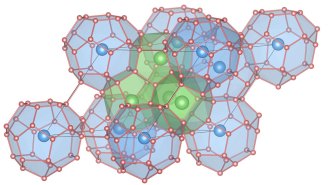 Physics
PhysicsA predicted superconductor might work at a record-breaking 200° Celsius
A material made of hydrogen, lithium and magnesium and squeezed to high pressures may be a superconductor even at especially high temperatures.
-
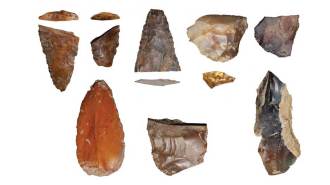 Humans
HumansStone tools may place some of the first Americans in Idaho 16,500 years ago
Newly discovered stone artifacts support the idea that North America’s first settlers traveled down the Pacific coast and then turned eastward.
By Bruce Bower -
 Genetics
GeneticsThere’s no evidence that a single ‘gay gene’ exists
Many genetic factors with small effects combine with one’s environment to influence sexual behavior, researchers say.
-
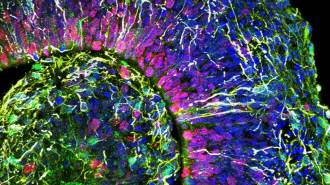 Neuroscience
NeuroscienceClumps of cells in the lab spontaneously formed brain waves
Nerve cells fired coordinated signals in brain organoids, 3-D clusters of cells that mimic some aspects of early brain development.
-
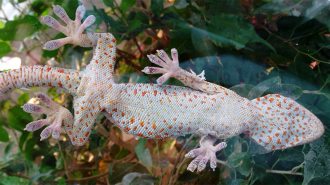 Life
Life50 years ago, scientists thought they knew why geckos had sticky feet
50 years ago, scientists thought gecko feet had suction cups that allowed the animals to stick to surfaces. Today we know tiny hairs do the job.
By Kyle Plantz -
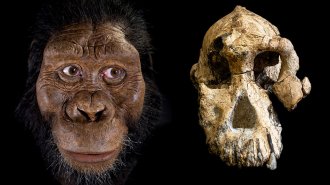 Humans
HumansA 3.8-million-year-old skull reveals the face of Lucy’s possible ancestors
A fossilized hominid skull found in an Ethiopian desert illuminates the earliest-known Australopithecus species.
By Bruce Bower -
 Tech
TechA chip made with carbon nanotubes, not silicon, marks a computing milestone
Silicon’s reign in cutting-edge electronics may soon over. The carbon nanotube could be its successor.
-
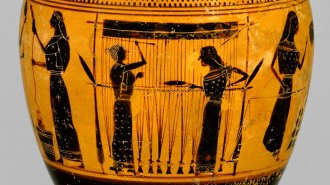 Humans
HumansTextile archaeologists use ancient tools to weave a tapestry of the past
Using tools leftover from ancient spindles and looms, textile archaeologists are starting to understand the fabrics of the past.
By Amber Dance